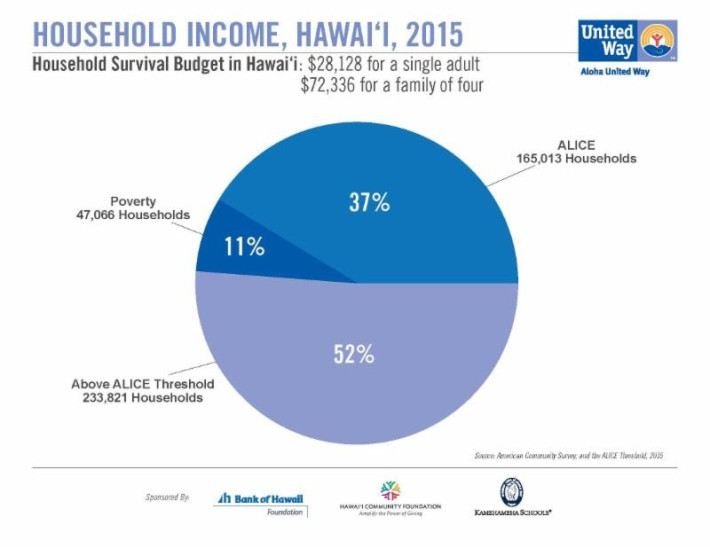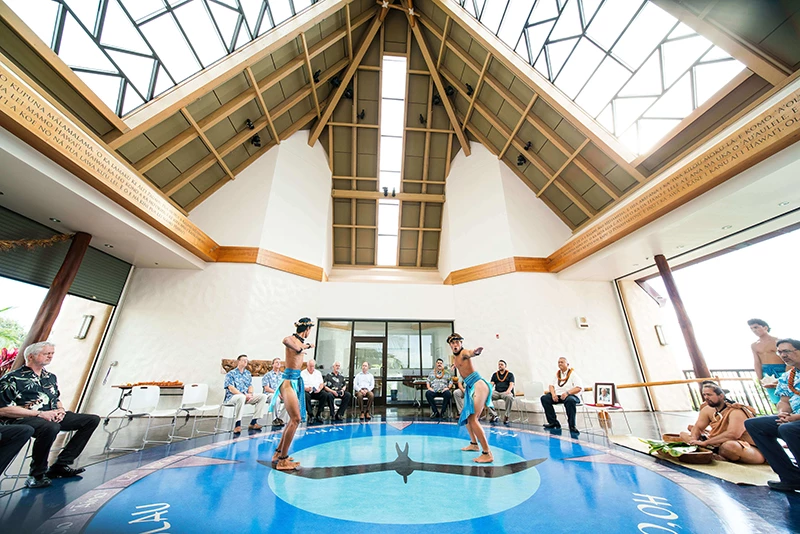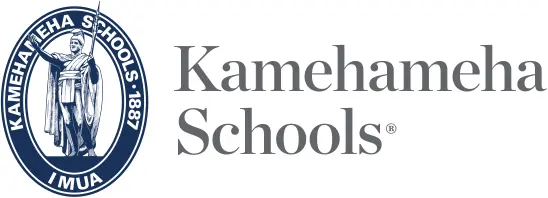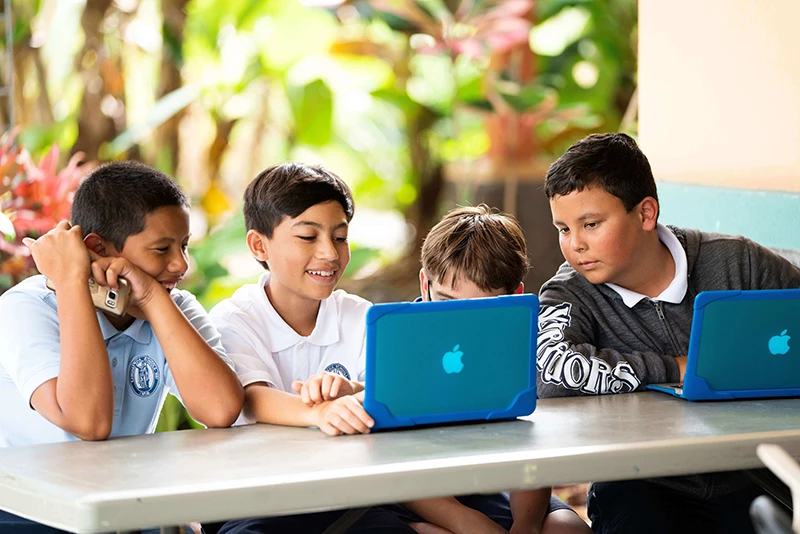Nearly one out of two Hawai‘i households is unable to pay for life’s basic necessities, many are Native Hawaiian. The newly released United Way “ALICE” report is a call to action to inform statewide policy, philanthropy and allocation of resources to support this sector of our community.
Aloha United Way, with the help of sponsors, Bank of Hawai‘i, Hawai‘i Community Foundation and Kamehameha Schools, recently released its United Way ALICE Report – Hawai‘i. The report was released at a state capital gathering of top industry executives including State Department of Health Director Virginia Pressler.
ALICE is a United Way acronym for Asset-Limited, Income-Constrained, and Employed. It represents hardworking people we interact with every day. They are the people of our community who are child care providers, wait staff, cashiers, teaching assistants, and others who work one, two or even three jobs, yet still remain only one crisis away from being at greater risk of chronic health issues or loss of housing.
Members of the ALICE community have income above the federal poverty level, but not enough to afford housing, child care, food, transportation, and health care.
“This ALICE report confirms what we already had a sense for,” said KS Strategy and Innovation VP Lauren Nahme. “We see it in our families, amongst colleagues and friends. As this struggling group approaches the majority of our population in Hawai‘i, it cannot be ignored by any sector or any citizen here in our community. We are ready to work together with others to address this head-on. Our future generation depends on it and we cannot wait.”
In Hawai‘i, there are 165,013 ALICE households (37 percent of the state’s total households) while another 47,066 households, (11 percent of total households), live below the federal poverty level. In total, 48 percent of Hawai‘i households are ALICE and below.
The consequences to the community are increased health care and infrastructure costs, increased employee absenteeism, higher insurance premiums, reduced economic productivity, and much more.
For more information and to view of a copy of the full report, visit: www.alohaunitedway.org.
This ALICE report confirms what we already had a sense for. We see it in our families, amongst colleagues and friends. As this struggling group approaches the majority of our population in Hawai‘i, it cannot be ignored by any sector or any citizen here in our community. We are ready to work together with others to address this head-on. Our future generation depends on it and we cannot wait.
Lauren Nahme, KS Strategy and Innovation VP

2015 Hawai‘i Household Income. Click to enlarge.
TAGS
CATEGORIES
Kaipuolono Article, Newsroom, Community Events
Print with photos
Print text only










